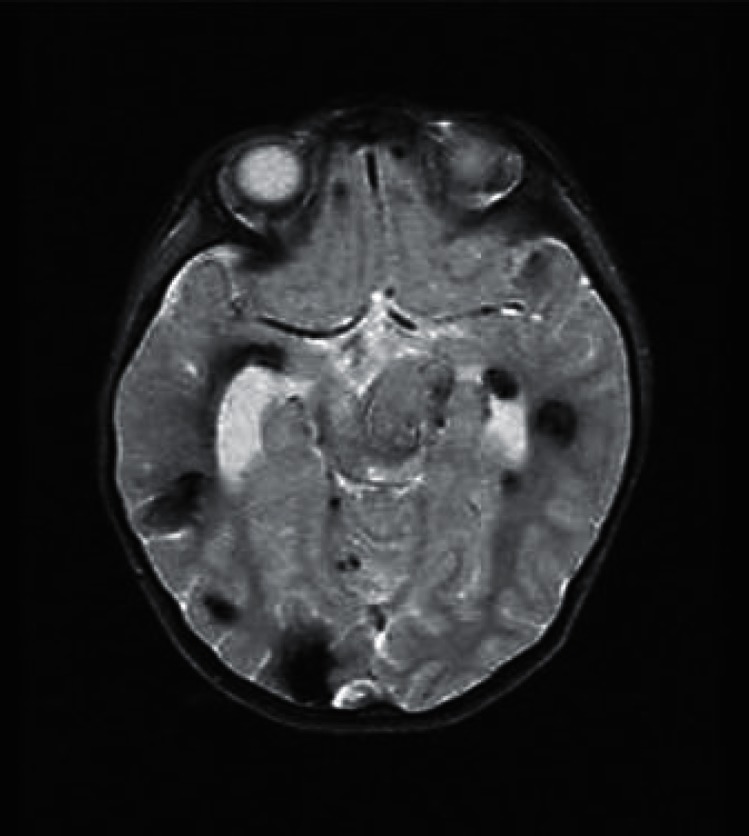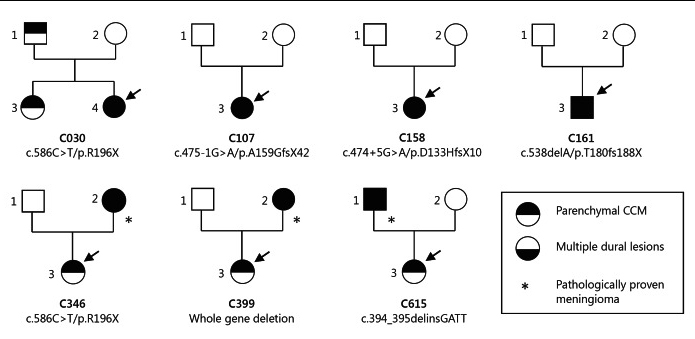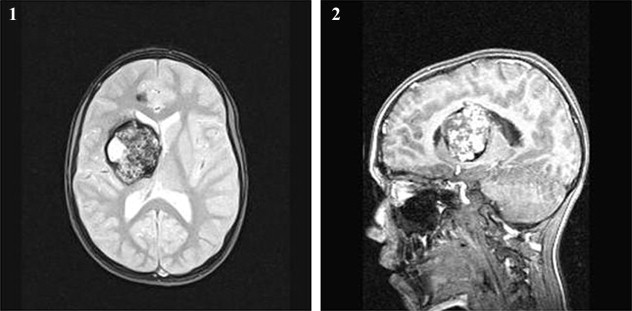Toward genotype/phenotype correlations in CCM disease: together to go beyond the causal mutation
The development of therapeutic strategies for the treatment of genetic diseases requires identification and deep characterization of genes and molecular mechanisms involved. Indeed, since the identification of CCM1/KRIT1, CCM2 and CCM3 genes (1999-2005), research on CCM disease has progressed very quickly, opening soon new and promising therapeutic perspectives (2009-2013), which are about to be tested through clinical trials.
However, deep genotype/phenotype correlation studies aimed at identifying genetic and environmental “protective” and “risk” factors that modulate onset and severity of symptomatic CCM disease are equally important. Indeed, the incomplete penetrance (i.e., not all mutation carriers are affected) and variable expressivity (i.e., variation in clinical signs and symptoms in related mutation carriers) of CCM disease are likely attributable to genetic, environmental, or developmental factors that condition the host or help trigger disease onset. Genetic factors distinct from the primary disease-causing mutation are referred to as “modifiers”. Identification of genetic modifiers of CCM disease could have a high diagnostic, prognostic and therapeutic value, improving the precision of molecular diagnostics, providing additional clues about disease pathogenesis, and allowing timely, appropriate and effective treatments. However, the search for additional factors that modify the clinical manifestations of a particular disease-causing mutation can be quite challenging.
To overcome these challenges, networking actions aimed at integrated, multicenter and multidisciplinary research approaches are required. Indeed, although knowledge and awareness of CCM disease is rapidly increasing worldwide, no single institution, and in many cases no single country, has a sufficient number of patients to develop a sound knowledge on the disease and its care.
Previous studies comparing clinical features of CCM1, CCM2, and CCM3 mutation carriers suggested that CCM3 mutations, which are responsible for 10-15% of familial cases, may confer a higher risk for cerebral hemorrhage, particularly during childhood (Denier et al., 2006). However, the analysis of genotype-phenotype correlations were hampered by the limited number of CCM3-mutated patients analyzed (a total of 28 CCM3 patients belonging to 17 families).

More recently, a molecular and clinical study conducted on a larger CCM3 patient cohort (54 probands and their relatives) allowed to confirm the association of CCM3mutations with early-onset cerebral hemorrhage, and to show for the first time that these mutations may be associated in some patients with the development of multiple meningiomas (Riant et al, 2013).
On the other hand, no significant genotype/phenotype correlations have been identified so far in CCM1 and CCM2 mutation carriers (Balasubramanian et al., 2013), highlighting the need for large-scale studies aimed at identifying the additional factors that, in conjunction with a CCM gene mutation, may modify the phenotype in CCM disease, and thereby determine the large variability in disease severity. Indeed, even within one pedigree, an identical mutation can cause life-threatening cerebral hemorrhage in some carriers while in other carriers no disease becomes clinically manifested.

In this light, the CCM Italia research network is promoting and encouraging a large cooperation among clinical and basic research centers in Italy, providing a useful framework for coordinated and integrated research approaches, and directing efforts towards a common goal.
In particular, genetics centers offering genetic diagnosis and counseling to CCM patients and at-risk relatives are already active in distinct Italian locations, including Torino, Milano, Siena, Genova, Padova, Ancona, Roma, San Giovanni Rotondo (FG) and Messina. Furthermore, based on growing evidence in cellular and animal models of CCM disease, it has been recently launched a multidisciplinary national scale research project aimed at screening potential genetic and environmental risk factors that can modulate the onset and severity of CCM disease, including polymorphisms of candidate genetic modifiers and serum biomarkers of environment stress to be tested on peripheral blood samples. This project, coordinated by the Torino and Siena CCM Italia Units, involves already several clinical and basic research centers of distinct Italian regions; however, it will remain open to other teams interested in joining the network at a later stage.
To be successful, the project relies not only in the strong cooperation between researchers but also, and especially, in the active participation of CCM patients and their relatives.
Further information (in Italian) will be provided by the AIAC (Associazione Italiana Angiomi Cavernosi) facebook page.
See also:
Angioma Alliance Newsletter Autumn 2013 (pag. 10)
CCM Italia Newsletter Ott/2013 - Insieme per andare oltre le mutazioni dei geni CCM
